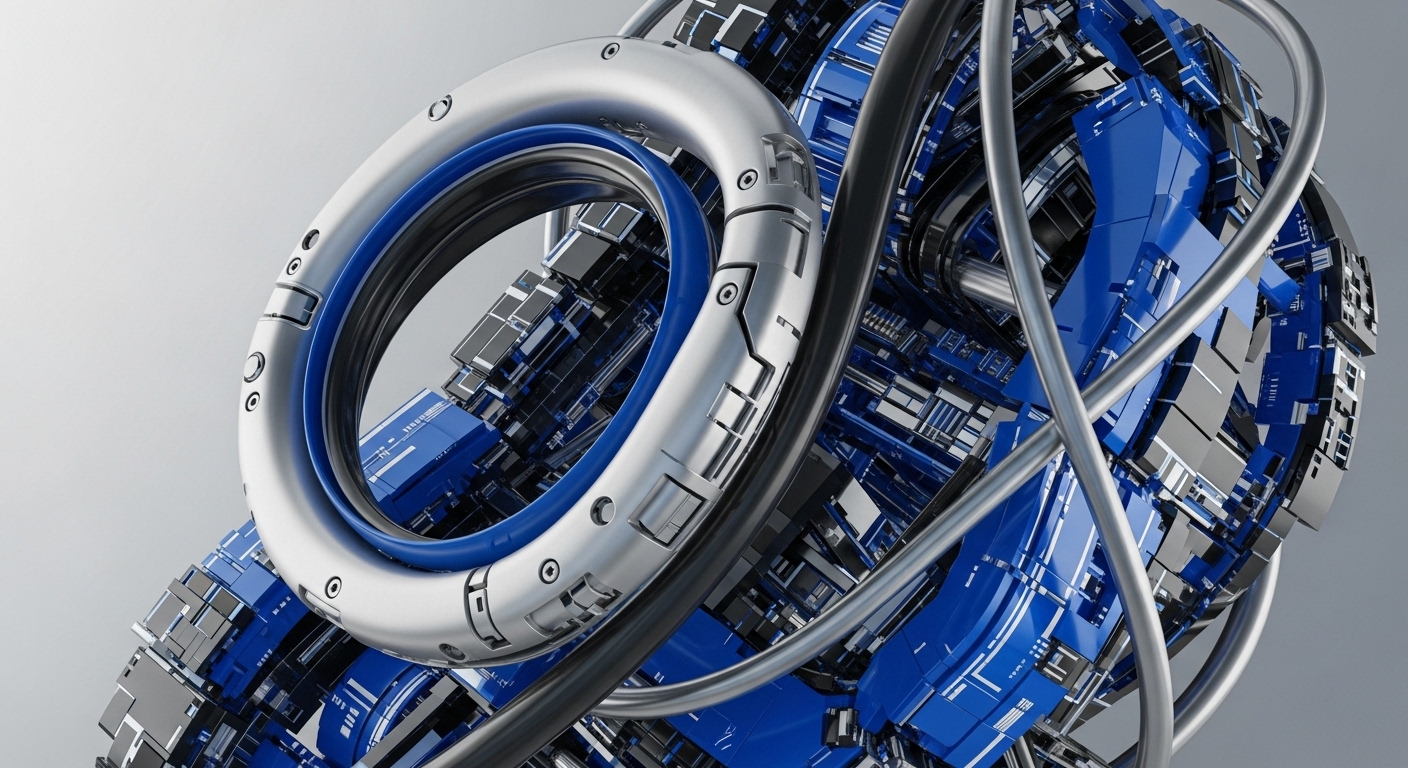Secure Sidechain Architecture Boosts Decentralized Resource Market Performance


A novel sidechain architecture introduces mutual-dependence with the mainchain to offload resource market operations, fundamentally enhancing throughput and data efficiency.
Chainscale: Secure Functionality-Oriented Scalability for Decentralized Resource Markets


chainScale pioneers a hybrid sidechain-sharding solution, dramatically boosting throughput and reducing latency for decentralized resource markets.
Pulsar: Composable Density-Based Proof of Stake for Sidechain Integration


Pulsar introduces a novel density-based chain selection rule, enhancing Proof of Stake security and enabling robust sidechain interoperability with Proof of Work systems.
